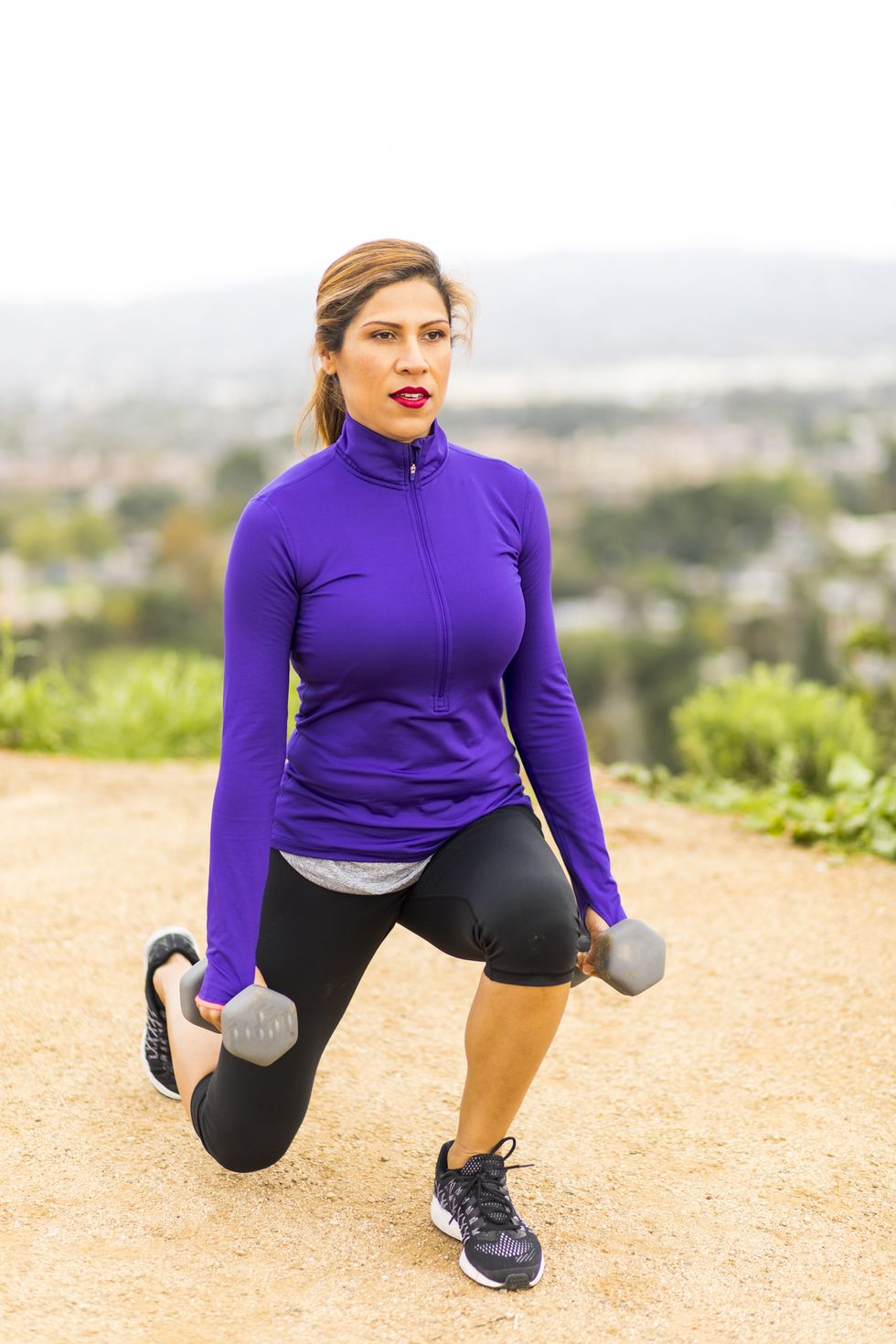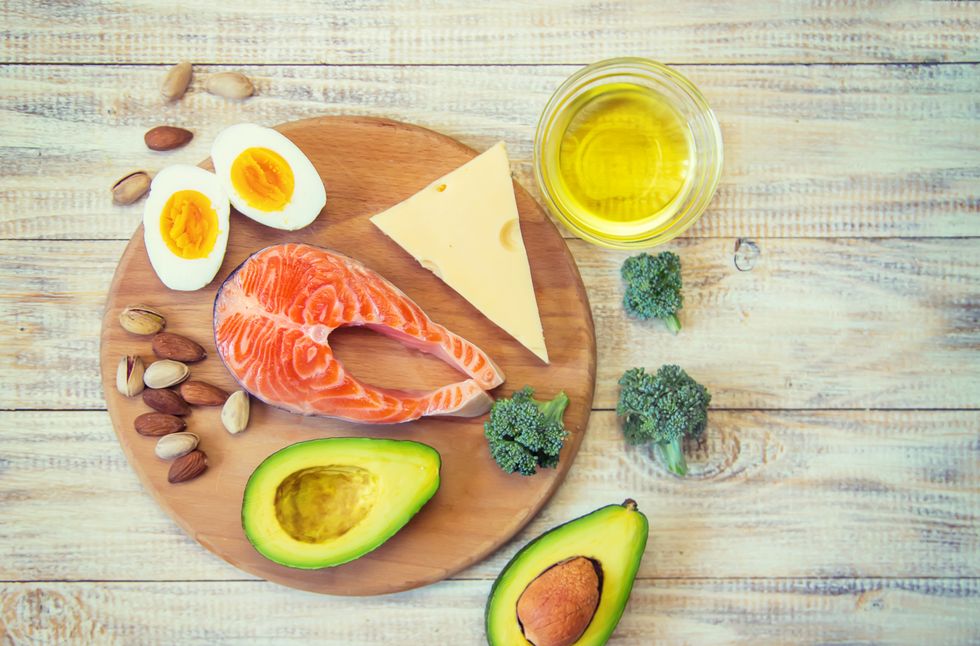Get fit with GBN: Five moves to do at home to improve strength and flexibility over 50

The best moves to build your strength and become more flexible over 50 shared
|GETTY

GB News is running a diet series giving you the best workout plans and diet advice to help you achieve fitness goals. This week, we look at how to improve flexibility and build strength
Don't Miss
Most Read
Latest
Maintaining strength becomes more difficult in your 40s and beyond because your body gradually loses muscle mass as you age.
GB News shares five moves that you can do to improve strength and five moves to improve flexibility.
Improving flexibility will not only help to relieve pain, but it can make performing other exercises easier.
NASM-certified personal trainer Stan Kravchenko told GB News his best workout moves, and they can all be done at home.

Walking lunges are great for building strength
| GETTYBest exercises for flexibility
1. The world's greatest stretch
This is a dynamic stretch that targets the glutes, hamstrings and thoracic spine. Many trainers, including myself, love this stretch.
Start in a plank position, then step your right foot forward to the outside for your right hand. Lift your right hand towards the sky and twist to open your chest. Return to your original position and repeat on the other side.
2. Thread the needle
Excellent for improving spinal mobility, especially in the thoracic spine, which can become stiff from sitting at a desk.
Begin on all fours then lift one hand off the ground and reach underneath your torso, stretching the hand to the other side. Rotate into a gentle twist, return to your original position and repeat on the other side.
3. Child's pose
This stretches the hips, chest and back. Kneel and sit on your knees with arms stretched out on the ground in front of you.
4. Knee twist
This is a dynamic stretch that targets hips, glutes, lower back and abdominal muscles, also improving spinal mobility. Lie on your back with your knees bent off the ground. Move your knees to each side, leaving the back on the floor.
5. Walking toy Soldier
This is a stretch that targets hamstrings and lower body - great for warm-ups. Stand with arms by your side. Raise one arm while putting the opposite leg forward. Return to standing and switch.
Top 5 strength exercises to do at home
1. Goblet Squat
If you have a dumbbell at home, hold it with both hands in front of the chest and lower into a squat. If you don't have dumbbells you can use wine bottles or tins to complete the exercises.
2. Knee or Regular Push-ups
Get into a plank position with your neck in line with your back. Lower to the ground until you nearly touch the floor then bring yourself back up.
3. Pull-ups or Single Dumbbell Row
Single dumbbell rows can be done by kneeling on a bench or stable surface. Stabilise yourself with one hand and hold a dumbbell in the other. Lower it towards the floor before pulling it back towards your waist.
4. Floor Seated Dumbbell Press
Sit on the floor with a dumbbell in each hand, holding these at the shoulder. Push the dumbbells up with control before lowering them to the starting position.
5. Walking Lunges
Do with or without dumbbells, holding one in each hand if so. Keep your chest lifted and take steps, ending in a lunge every time.
What to eat
It is important to eat right when trying to build muscle, lose weight or simply stay healthy.
LATEST DEVELOPMENTS

High-protein foods are good after a workout
| GETTYEating healthy carbohydrates before a workout will give fitness fanatics a boost of energy, although it is important to keep this light or it could impact the workout.
Aim for a small snack 30 minutes before activity or to eat a balanced meal two to three hours before a workout. Good examples of pre-workout carbohydrates are fruits, particularly bananas, oats or a healthy granola bar.
Choosing a protein-rich meal or snack after a workout will help maintain results. Protein is a macronutrient found in many foods that contributes to muscle building.
Healthy and natural sources of protein include meat, fish, eggs, dairy, nuts, tofu and legumes. Supplements are also available, such as protein powders and bars.










